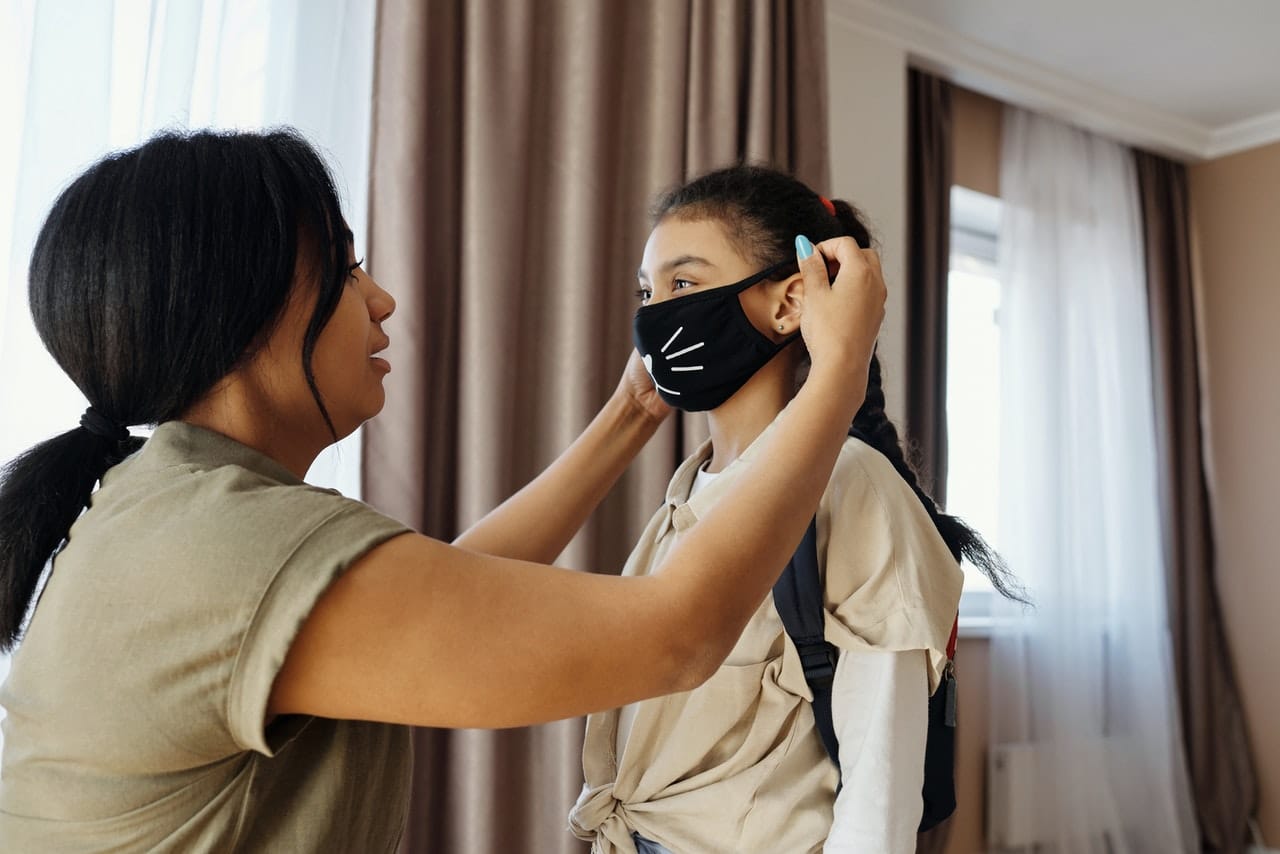A pulmonary embolism is caused when a blood clot travels to your lungs from your legs. The blockage in one of the pulmonary arteries can be life-threatening because the clot can block the blood flow to your lungs. However, if you know the risk factors and signs of a pulmonary embolism, then you can seek treatment immediately!
What Causes a Pulmonary Embolism
A pulmonary embolism can occur for a variety of reasons. Most often caused by deep vein thrombosis, a condition where blood clots form in veins that are deep in your body. A pulmonary embolism occurs when a clot breaks loose and travels through your bloodstream to your lungs. Some things that can cause a pulmonary embolism include:
- Injury or damage: If you have broken a bone or torn a muscle, this can cause damage to your blood vessels which can lead to blood clot forming
- Inactivity: Gravity causes blood to become stagnate in lower parts of your body if you are inactive for an extended period of time. This can cause a blood clot to form.
- Medical conditions: Surgery, treatment for cancer (chemotherapy), and other medical conditions can cause clots to form.
Know the Risk Factors of a Pulmonary Embolism
It is important to know if you are at risk for developing a pulmonary embolism. Some of the most common risk factors include:
- Family history of blood clots
- Cancer
- Lung disease
- Heart disease
- Over 60 years of age
- Sedentary lifestyle
- Just had major surgery
- History of heart attack or stroke
- Taking hormone-based medicines (estrogen or testosterone): birth control pills or hormone replacement therapy
- Obesity
- Pregnancy
If you are at risk for a pulmonary embolism, it is important to talk with your doctor about what steps you can take to prevent a blood clot from forming.
Common Signs and Symptoms of a Pulmonary Embolism
There are common signs and symptoms of a pulmonary embolism that you need to be aware of. If you suffer from any of the following, then you need to see a doctor immediately!
- Shortness of breath that appears suddenly and gets worse with exertion.
- Chest pain that feels like you are having a heart attack. The pain in your chest only becomes worse when you cough, breathe deeply, and gets worse with exertion.
- Cough that comes on suddenly and is persistent. You might cough up blood-streaked or bloody mucus.
Some other signs and symptoms that can also include:
- Pain in the leg (in the calf region)
- Swelling in the leg (usually in the calf region)
- Skin discoloration
- Fever
- Excessive sweating
- Rapid heartbeat
- Irregular heartbeat
- Dizziness
You need to take any sign or symptom of a pulmonary embolism seriously and seek medical attention right away!
Treatment Options for a Pulmonary Embolism
If you do suspect that you may be experiencing a pulmonary embolism, seek treatment immediately. The first thing your doctor will do to treat your pulmonary embolism is to prescribe medicine for a pulmonary embolism. The prescribed medication will include:
- Anticoagulation: Blood thinners are used to prevent new clots from forming and also keep any clot from enlarging.
- Clot dissolvers (thrombolytic): The drug speeds up the breakdown of a clot and is only used for emergencies because of the dangerous side effects (can cause sudden bleeding).
If drugs don’t help dissolve your clot, you might need surgery. Some possible surgical options include:
- Vena cava filters: Are also viable treatment options for some people. The filter is inserted into the vena cava, a large vein in the patient’s body, and left in place to prevent blood clots from forming.
- Clot removal: A catheter is inserted and suctions out large clots from your artery. Not always effective, so this is not a preferred treatment method for most cases.
- Open surgery: Only used in emergencies. Doctors only use this option when the person is in shock or medications aren’t working.
Whether you are prescribed medication or need surgery, you should continue to see your primary physician regularly for checkups to ensure you remain healthy.
How to Prevent a Pulmonary Embolism
Preventing a pulmonary embolism from occurring starts with what you do every day of your life. Some essential steps to take to prevent a pulmonary embolism include:
- If you are already taking a blood thinner, continue to take it. Please make sure you have regular checkups with your healthcare provider to ensure you are taking the right dosage; it is working properly and not causing any adverse reactions (bleeding).
- Make healthy lifestyle changes: eat a heart-healthy diet
- Quit smoking
- Get regular exercise: Never sit for too long. It is important to move your legs and get the blood flowing.
- Wear compression stockings: Will steadily compress your legs and help your leg muscles move the blood in your veins more efficiently
While these are preventative measures, you could still be at risk for developing a pulmonary embolism. So make sure you are aware of the signs and symptoms.
Final Note
If you are at risk for a pulmonary embolism, then it crucial that you know the signs so you can seek medical treatment immediately.








